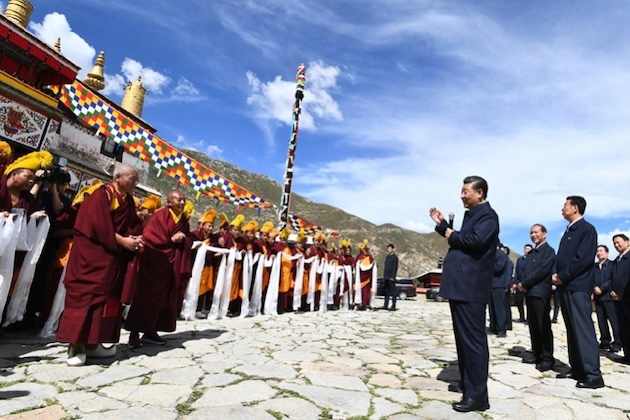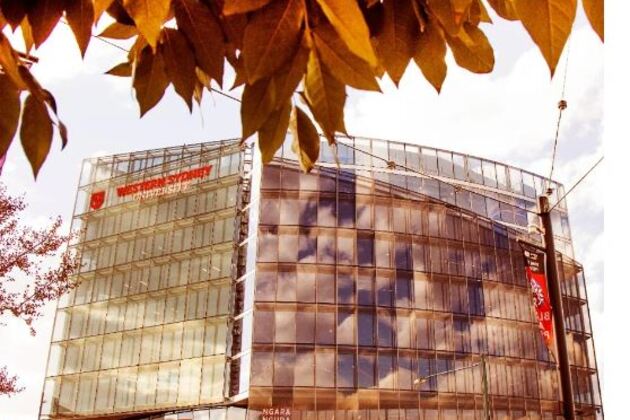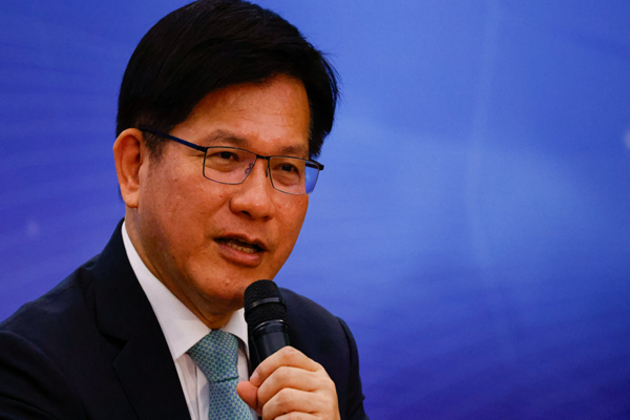2LT International News
Xi Jinping’s trip highlights tensions over Tibet’s autonomy
Aug 25, 2025
TAIPEI, Taiwan: Chinese President Xi Jinping made a rare and carefully choreographed visit to Tibet this week, timed to coincide with the 60th anniversary of Beijing’s consolidation of its authority over the Himalayan territory.
State media reported that Xi arrived in the regional capital of Lhasa, where he was welcomed by crowds described as representing “various ethnic groups.”
According to the official Xinhua News Agency, people waved flowers, performed traditional dances, and greeted him “to joyful rhythms.” Xi used the occasion to call for building a “modern socialist Tibet” that he said should be “united, prosperous, civilized, harmonious, and beautiful.”
China’s control of Tibet dates back to 1951, when Communist forces moved into the territory. In 1965, Mao Zedong’s government formally established the Tibet Autonomous Region under China’s one-party system. The decades that followed saw political repression, the destruction of some Buddhist monasteries, and the imprisonment of monks accused of resisting Communist Party authority.
More recently, Beijing has tightened its administration of the region. State policies have encouraged large-scale migration of Han Chinese to Tibet, while access for foreign journalists and outsiders has been sharply restricted. Tibetan children are often sent to state-run boarding schools where they are taught primarily in Mandarin, a policy critics say undermines Tibetan language and culture. Political or cultural activities outside Communist Party supervision remain tightly controlled.
One of the most sensitive issues involves the succession of the Dalai Lama, Tibetan Buddhism’s highest spiritual leader. China has asserted its right to select its reincarnation, while the current Dalai Lama, who fled into exile in India in 1959, has said that only Tibetans can make that decision. The Dalai Lama turned 90 this year and continues to live in Dharamsala, India.
The anniversary visit prompted protests in India, where exiled Tibetans demonstrated against China’s policies and the parallel visit of the Chinese foreign minister.
Rights groups and Tibetan activists say repression in the region has become more systematic since the suppression of anti-government protests in 2008. Beijing, in contrast, emphasizes economic development, pointing to infrastructure projects and anti-poverty programs as evidence that living standards have improved.
Disagreement also persists over Tibet’s historical status. Chinese officials maintain that Tibet has been part of China for centuries, while many Tibetans argue that they were effectively independent for most of that time, ruled by their Buddhist theocracy until China’s military entry.
The region is also strategically important. Tibet’s southern border runs along the disputed frontier with India, where China has expanded road networks and other infrastructure that analysts say could have military applications.







